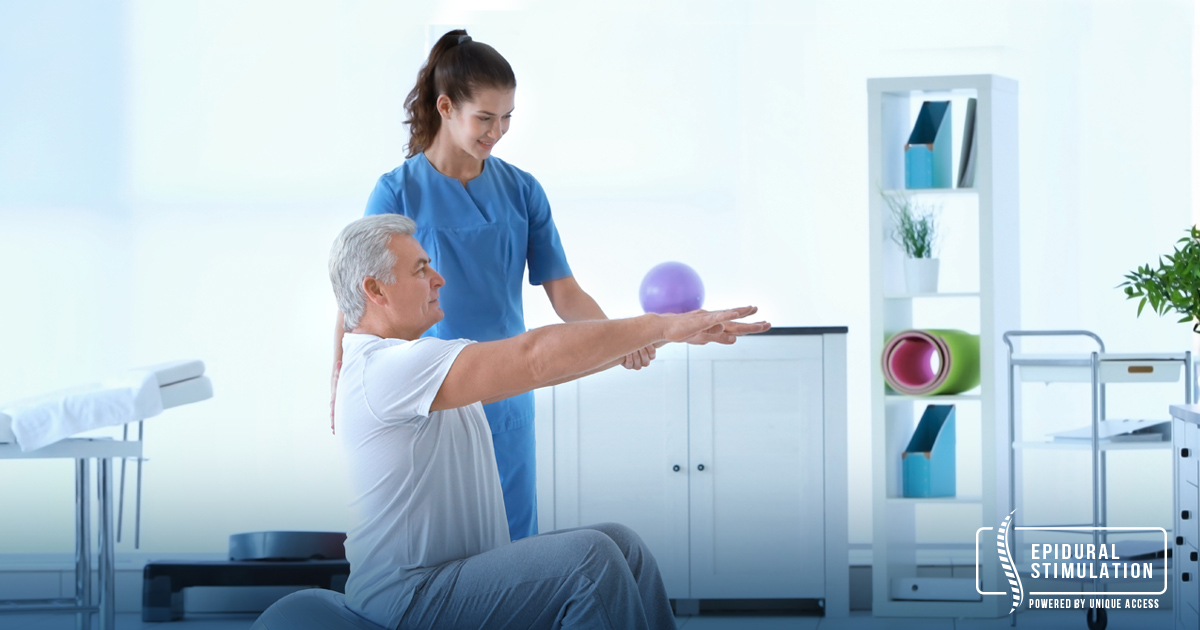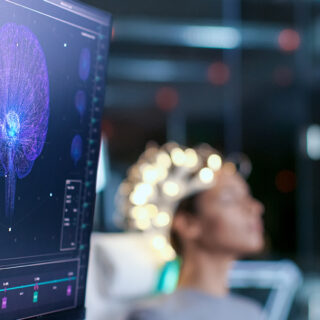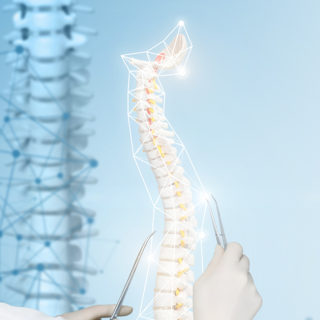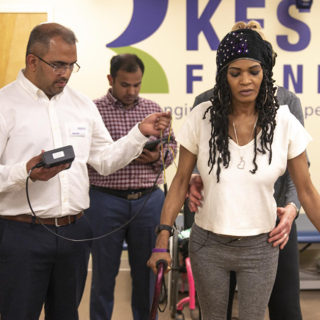Epidural Stimulation with locomotor training improves body composition in individuals with cervical or upper thoracic motor complete spinal cord injury, according to a research by Daniela G.L. Terson de Paleville and Susan J. Harkema, published in March 2018.
Spinal Cord Injury (SCI) disrupts the central nervous system, causes impairments and atrophy, or a gradual decline of the muscles. With less motor control and immobility, there is an increase in body fat and decrease in lean mass. According to the same research, patients with SCI will have more chances of acquiring metabolic disease including cardiovascular diseases, hyperlipidemia, and diabetes than those with a motor incomplete SCI. A complete SCI means there is a total lack of sensory and motor function below the level of injury , whilst incomplete SCI means that the patient still have some motor control, and the spinal cord are still able to send messages to the brain.
Increase in Lean Mass and Metabolism and Decrease in Body Fat
Task specific training combined with Epidural Stimulation will increase the chances that cervical or upper thoracic motor complete SCI patients will have improvements in cardiovascular fitness and body composition in individuals. In this research, four individuals with motor complete SCI with an implanted Epidural Stimulator were tested for cardiovascular fitness, metabolic function, and body composition after enduring specific training of the body. After eighty locomotor training sessions, a 16-electrode array was surgically placed on the dura (L1-S1 cord segments) to allow for Electrical Stimulation. After implantation, individuals received 160 sessions of task specific exercises, including stand and stepping drills, with Epidural Stimulation.
Test results show an overall improvement in body composition with participants gaining an increase in lean body mass with a decrease on percentage of body fat, particularly android body fat, or fat around the abdomen area after exercise training. Overall cardiovascular fitness improved as well as body composition in individuals with cervical or upper thoracic motor complete SCI.
Epidural Stimulation for Spinal Cord Injury
Epidural Stimulation has already helped a number of patients regain voluntary movements and strength in areas previously deemed untreatable.
Patients are also offered Physiotherapy and Rehabilitation programs, which are aimed to help the brain and muscles coordinate to achieve voluntary control. This will also give patients the physical and functional platform to regain strength, muscle mass, mobility and control.
Moreover, patients also get supportive remedies, therapies, rehabilitation, detox & immune-boost programmes needed to get the most out of the treatment. The program usually includes Aquatic Therapy and Physiotherapy.













